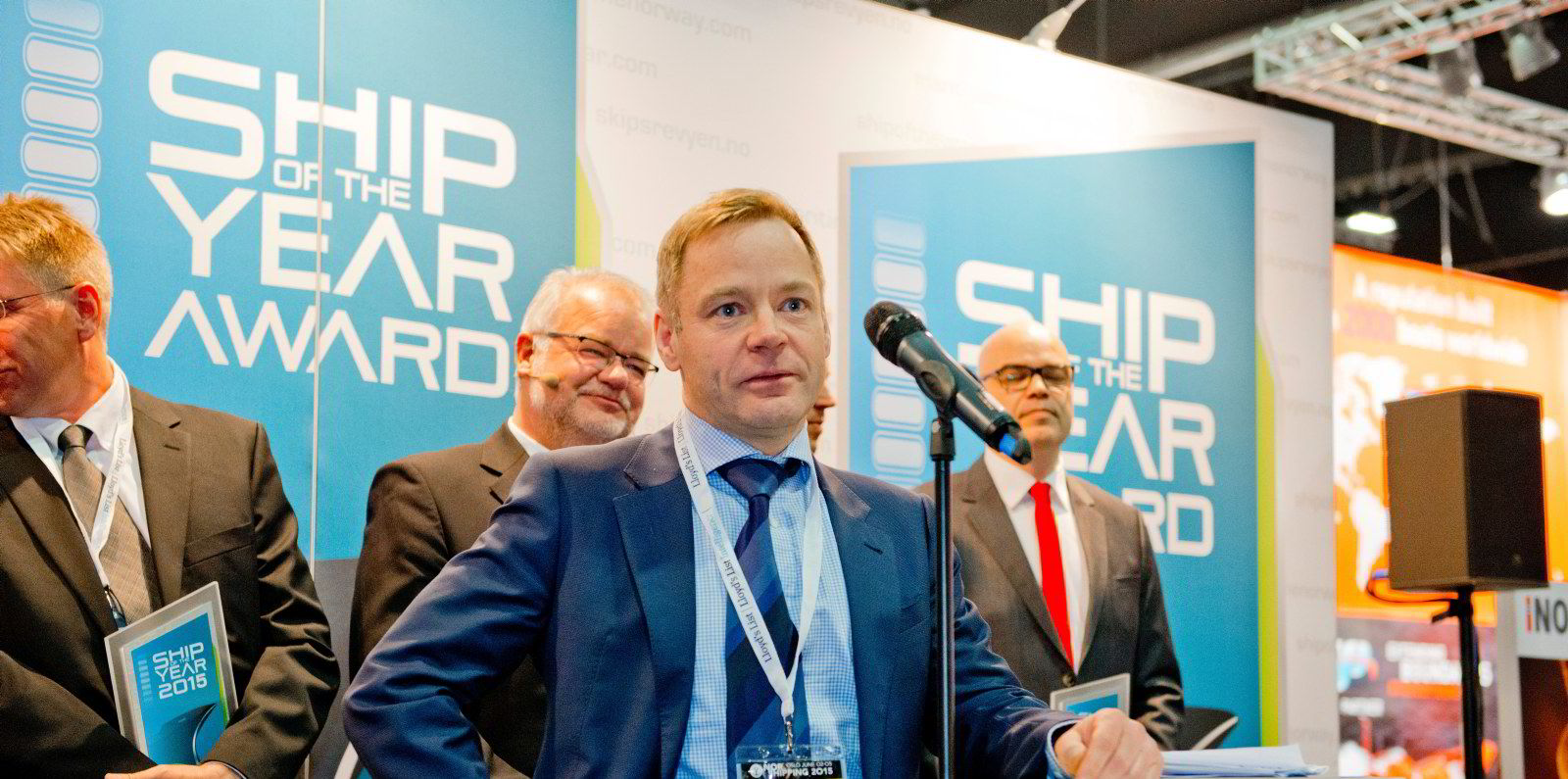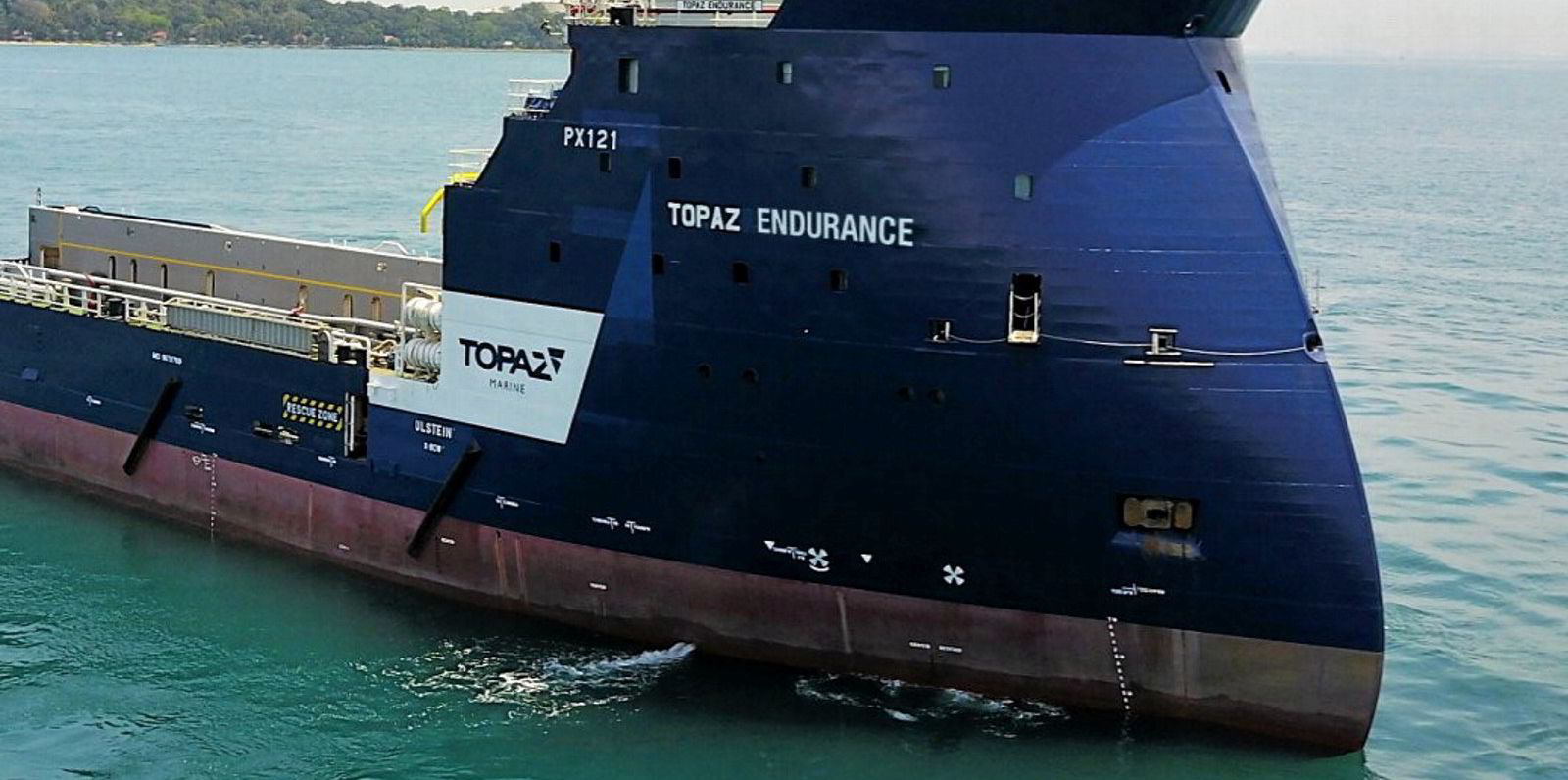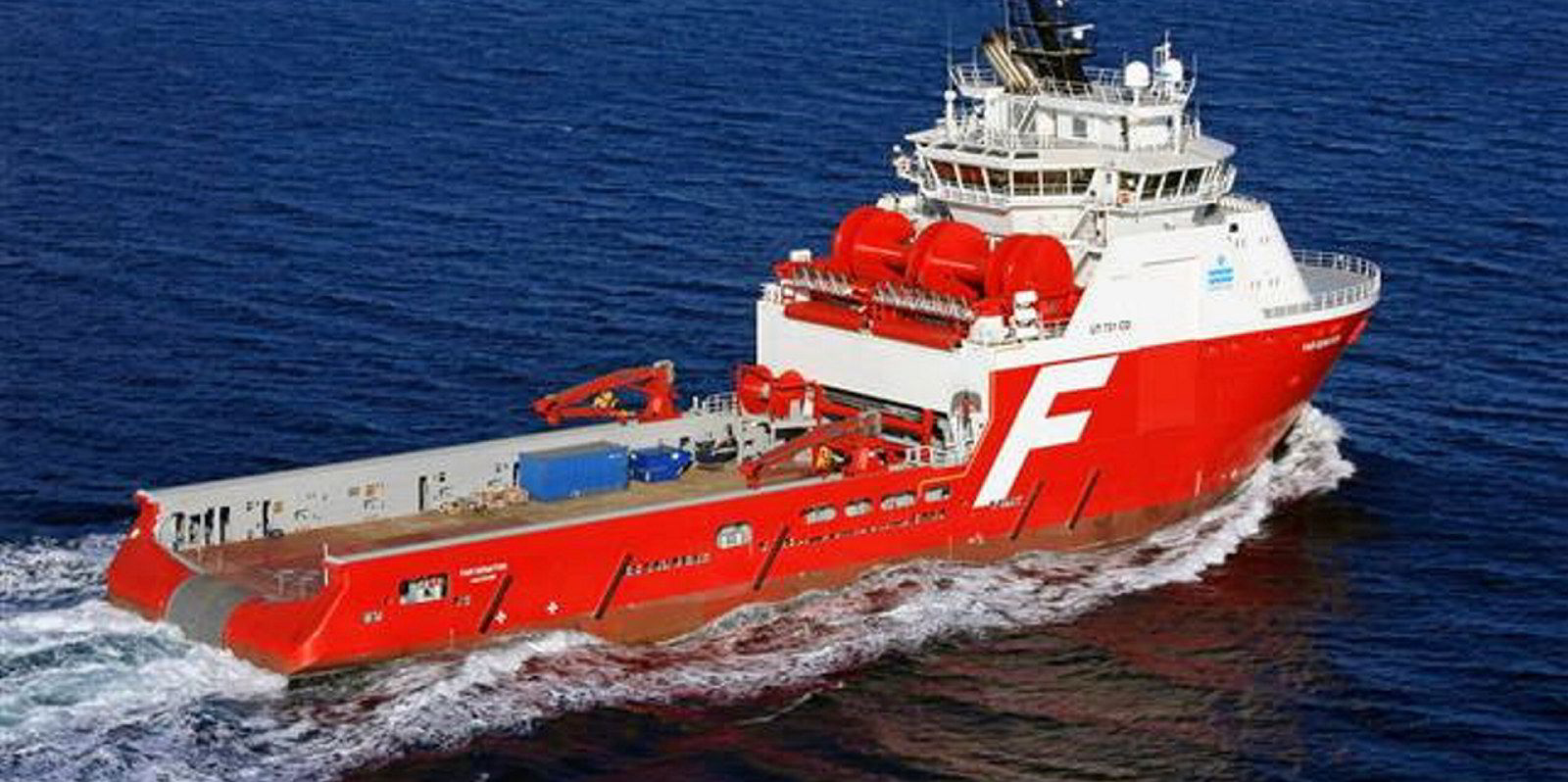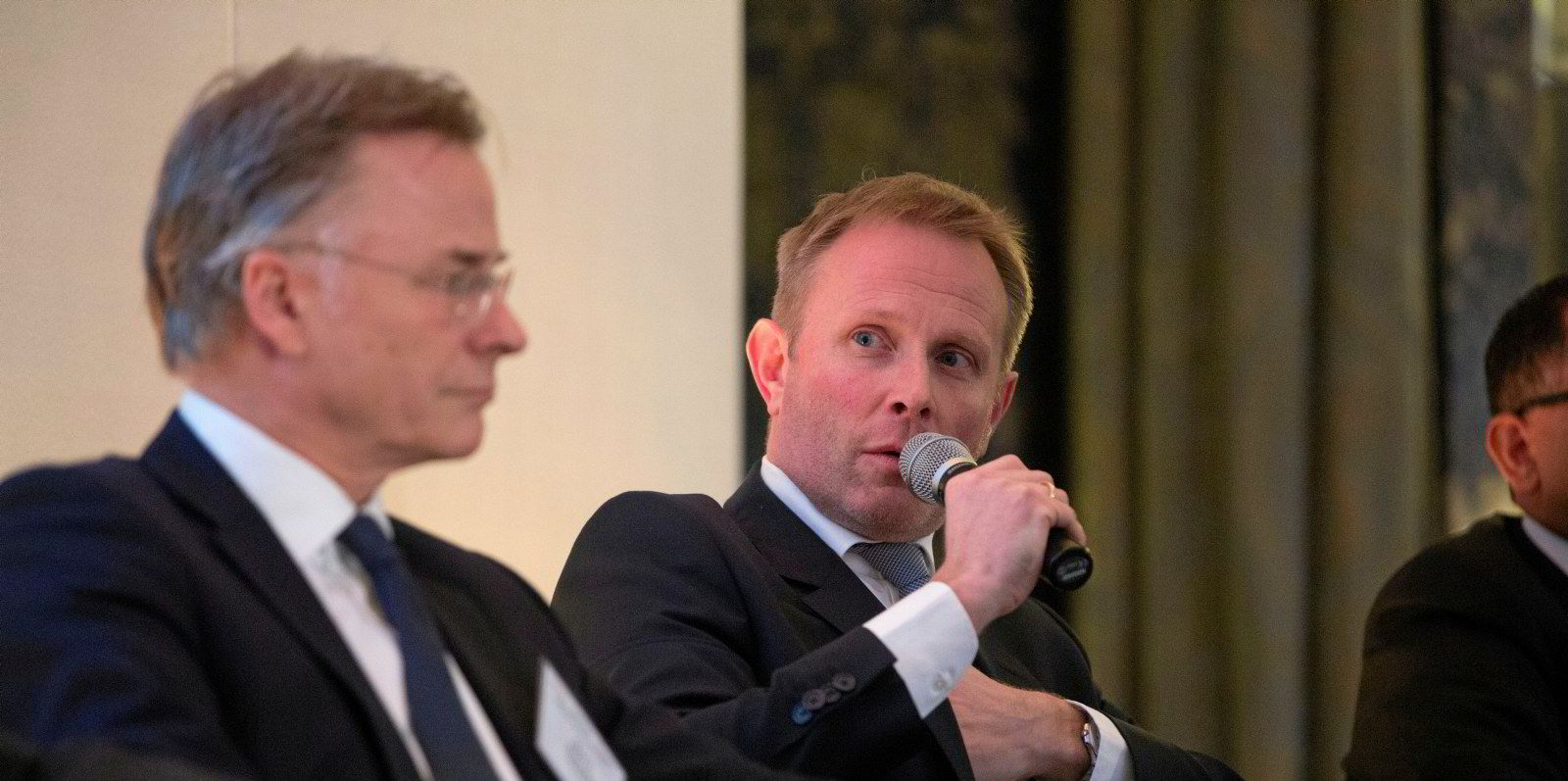DOF Group chief executive Mons Aase has stressed the importance of renewables for the future of the offshore support vessel sector.
His comments come as the outlook for wind-farm service vessels surges amid continued pain for the offshore vessel sector.
The Norwegian boss said in a fourth-quarter results webcast: "We and a lot of others are spending quite a lot of time now on how to position ourselves and how to build a strategy for our renewables side."
Aase said 2022 will an "interesting" year for DOF as its ships start work on tow-outs and installations for Equinor's floating wind turbine plant, Hywind Tampen.
This will be the world's biggest floating turbine plant, with 11 structures mounted on concrete "hulls" to supply electricity for the Snorre and Gullfaks offshore field operations in the Norwegian North Sea.
Floating into the future
Aase said he expects floating wind farms to grow in importance in the years to come. OSV companies are looking to move beyond a struggling oil and gas sector.
The chief executive said a fundamental change will take place in the industry beyond 2025, with renewables capital expenditure tipped to surpass that of oil and gas.
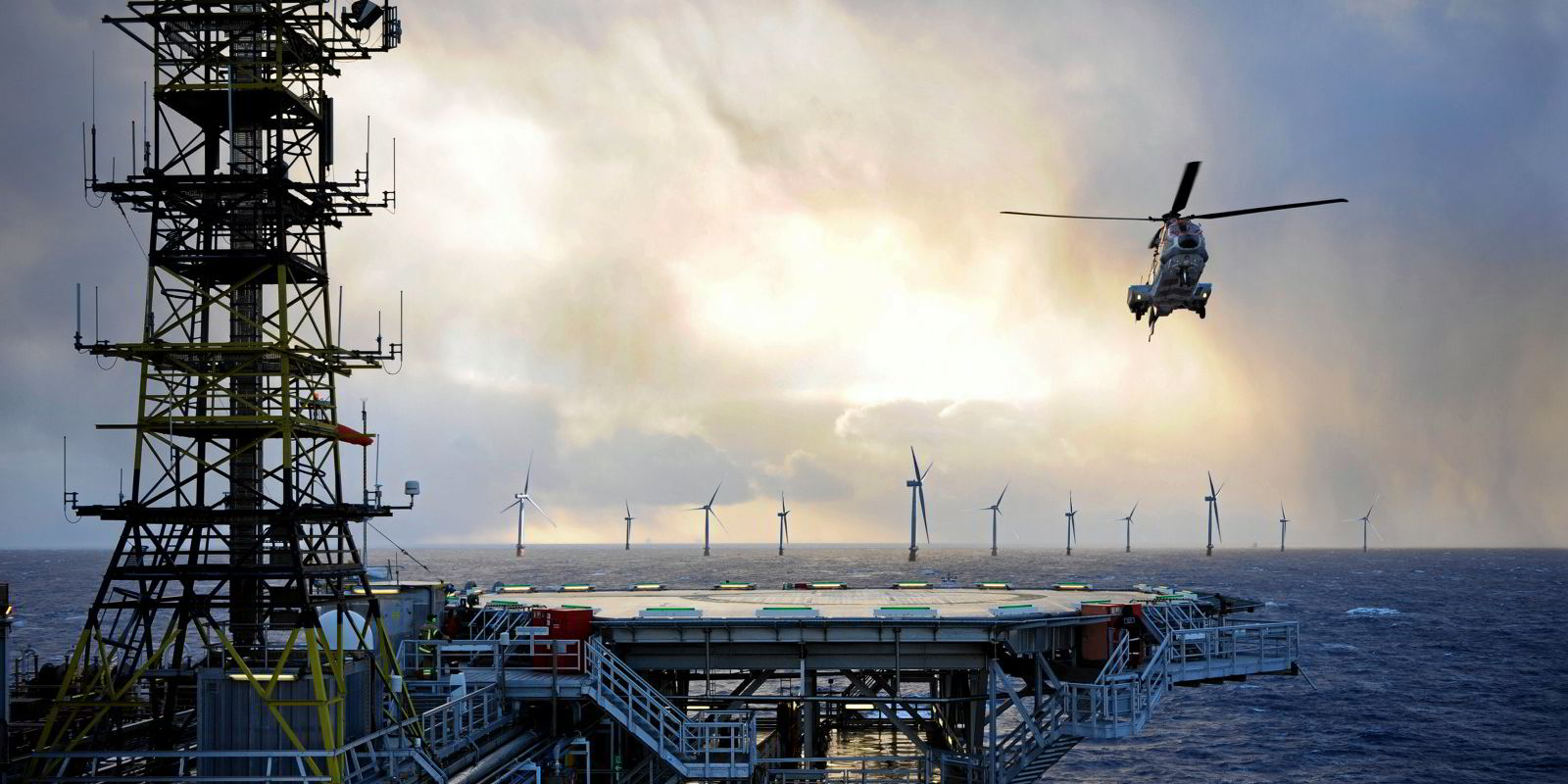
DOF suffered a tough end to 2020 and Aase said January this year was very weak.
Aase added that the UK sector has been badly hit by Covid-19 and the oil price drop — and activity there is still very low. He said West Africa came to almost a complete stop in the second half of last year due to the pandemic.
But Aase added that this market is now improving, albeit from very low levels.
Brazilian bonus
"We see also some signs of increased activity in some regions," he said.
Aase added that Brazil is a growth area, and Norway is "stable or perhaps increasing a bit".
"Some weeks we have seen almost balance in these markets, both on the PSV side and for anchor-handlers. There have been some good rates for anchor-handlers in Norway."
This year is expected to be in line with 2020, with DOF predicting a rebound of activities in 2022 and 2023.
Aase said: "The recent oil price development at $65, $66 also gives some reason to be a bit more optimistic, compared to when the price was low."
DOF believes macro uncertainties will likely keep offshore spending flat this year.
Aase added that there was still a significant "off-balance" between supply and demand in the industry — and this is expected to last.
Debt talks ongoing
DOF continues to seek a long-term financial restructuring of its $2bn debt.
Standstill agreements have been agreed until 30 April with the majority of secured lenders, and until 31 March with bondholders.
"The group is dependent on continued standstill agreements with its creditors until a long-term financial solution is agreed to maintain as [a] going concern," DOF said.
DOF, which controls 62 ships, had 12 vessels in lay-up by the end of the year, one more than on 30 September.
